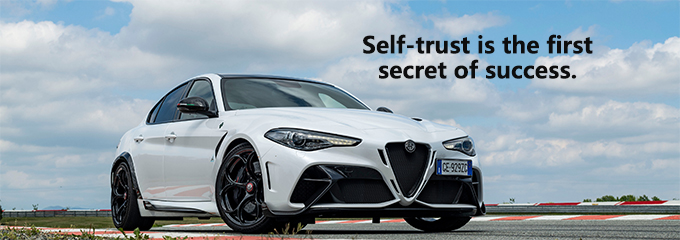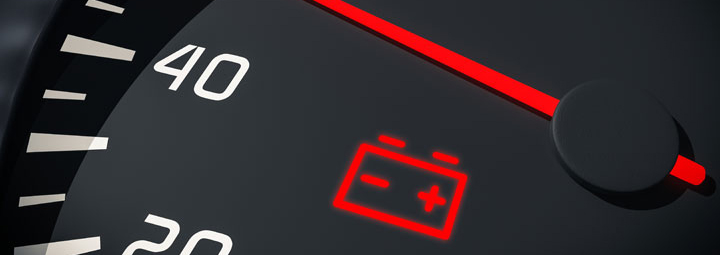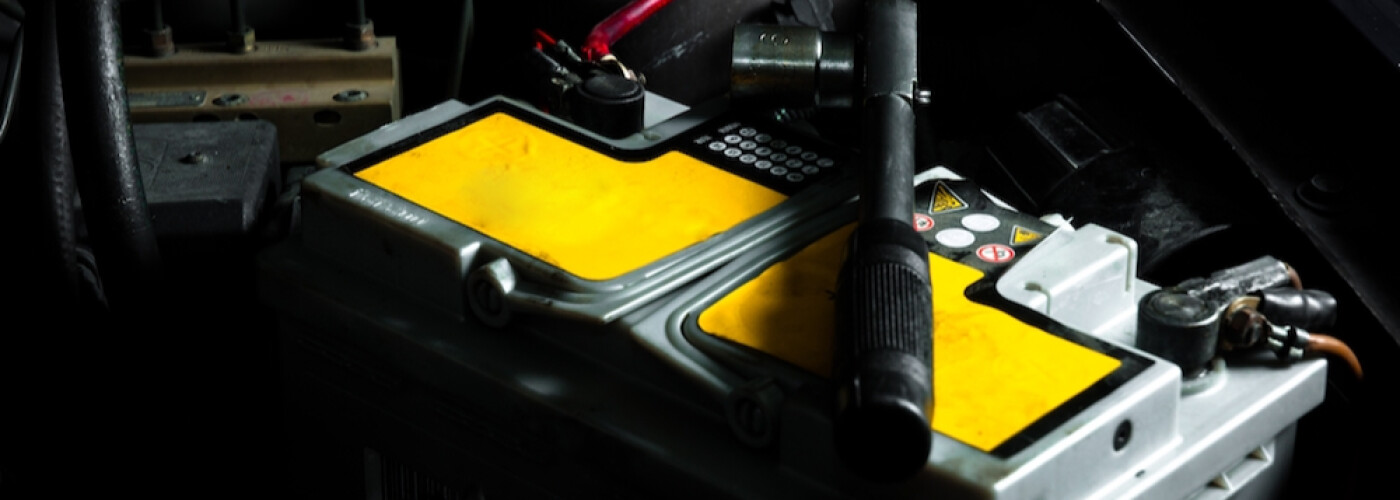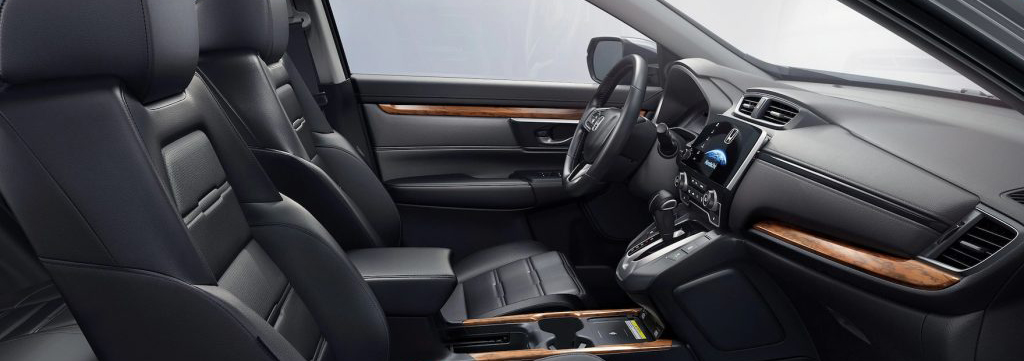
The automotive battery may seem like an insignificant car accessory, but it controls the entire car circuit. In a world where cars are becoming more and more electronic, the importance of the battery is often overlooked. This component does not cost much to manufacture, but the dead battery is trouble. We hope to prolong its service life.
2.1 Turn off powered devices, then engine
Some new drivers may complain about driving a new car for less than two years before the battery dies, whereas experienced drivers can keep the battery working for many years. Driving habits can have a significant impact on the performance of a battery.
The battery supplies power to electrical equipment such as the starter and ignition system when the engine starts. It also supplies power to various electrical devices when the engine is not running or runs at low speed.
The battery assists the alternator in supplying power when there is too much electrical equipment. In this case, the power consumption exceeds the alternator's power supply capacity.
It also stabilizes the voltage. The battery is actually a large capacitor that absorbs momentary overvoltages in the circuit. It protects devices in the vehicle.
Most cars nowadays are equipped with maintenance-free batteries, and most of them are due for replacement in about 3 years. It is actually quite simple to tell if it is time to replace it.
There is an observation hole on the battery. It is green in the normal state. Otherwise, the battery life has reached the limit. We can replace it in time. In fact, the colour of the observation hole is sometimes different from that set by the car manufacturer.

2.1 Turn off powered devices, then engine
Many car owners never turn off the electrical appliances when they leave the car, nor do they observe the lights. If you pay attention at night, you may often see cars with lights left on. As a result, it is unlikely that the battery will not run out of power overnight.
So what should we do? When you are ready to turn off the engine at the end of the trip, first of all, turn off the lights, stereo, etc. and then turn off the engine.
Pay special attention to the small lights, turn lights, etc. If you are not sure, you can get out of the car and have a check so that you do not overlook them.
If you are going to drive at night, be careful to start the engine before turning on the lights, stereo and other electrical equipment.
What to do when the battery dies? In fact, you can start the engine by contacting a recovery vehicle and connecting a jumper cable for temporary charging.
However, to avoid not being able to charge the battery when it is dead, it is best to have a jumper cable in the car. Pay attention to the connection order when doing the job.
The positive terminal of the battery in the faulty vehicle must first be connected to the positive terminal of the battery of the recovery vehicle.
The negative terminal of the battery of the recovery vehicle must then be connected to the metal part of the engine of the faulty vehicle (earth wire).
Once the jumper cable is connected, you can start the engine of the recovery vehicle and increase the speed slightly for about five minutes to charge the emergency battery of the faulty vehicle. When charging is complete, the jumper cables are removed in the opposite order to the connected cables.

Confirm the battery position. It is mounted in the engine compartment or luggage compartment in most cases. Some are mounted in the cockpit. Remove the external protection such as the battery guard. Measure the voltage between the two poles with a multimeter.
If the vehicle has an anti-theft system (including audio anti-theft), connect it to an external power supply first, or connect a fully charged battery in parallel.
Take care that the positive terminal is connected first and then the negative terminal. The positive terminal of the external power supply can be connected directly to the positive terminal, but the negative terminal should not be connected directly to the negative terminal.
Turn off the faulty vehicle's ignition switch (some models need to be placed in the ON position, e.g., Volvo S80 produced before 2005, etc., refer to the service manual).
Disconnect the negative connection wire first and then the positive connection wire. If there is a ventilation hose, remove it first.
Remove the battery fixings and take out the battery. If the vehicle connects to an external power supply, take care not to allow the positive terminal to come into contact with the bodywork, but isolate it with a cotton cloth.
Before installing a new battery, if it is not the same as the old one, compare the size and position of these two terminals. Check the capacity and cold start current parameters carefully, especially in winter. If the cold start current does not match, it may cause difficulties in starting the vehicle.
If you can, use a battery tester to test it. Some batteries have been left for a long time. Although the voltage between the positive and negative terminals is higher than 12 V, the capacity is insufficient, also known as a "false charge". We should charge it again.
It is important that measurements should always be taken when the ambient temperature is above 0. Charging should be done when it is above 5.
Install the new battery and get it fixed. For batteries with venting tubes, do not forget to remove the vent fitting from the old battery and install it on the new one. For lead-acid batteries, be careful not to tilt the battery by more than 30° during installation.

When dealing with the battery terminals, connect the positive terminal first and then the negative terminal. After installation, the battery terminals can be protected by spraying rust protection or acid-free grease on the battery terminals.
After the replacement, clear the relevant fault codes recorded in the system with a diagnostic instrument. For vehicles equipped with a power management system, such as Mercedes-Benz, BMW and Audi, it is also necessary to enter the new battery type in the power management system and perform a system reset.
After confirming that the electrical system has no problem, install the protection, remove the body protection and close the engine hatch or luggage compartment cover.
So how can we effectively prolong the service life of automotive batteries in daily life?
● Keep it clean
Wipe the surface of the battery frequently to keep the electrodes clean and prevent short circuits between the poles. Check the connection of the electrode terminals from time to time. Remove the oxide layer and clamp the wire clamps.
● Watch electrolyte level
Check the electrolyte level frequently. Adjust the electrolyte density in terms of seasonal changes to prevent sulphation of the pole plate.
● Avoid frequent vehicle starts
Do not start the engine for more than five seconds at a time. If the first start fails, do not rush to start it repeatedly.
According to the car's working principle, starting the motor continuously at this point will undoubtedly cause damage to the battery by over-discharging it. The time interval to start again should be more than 15 seconds.

If you can't start the car three times in a row, we should look for other reasons and not keep on starting it, especially in winter. It is important not to start the vehicle repeatedly. Otherwise, it will easily cause damage to the battery.
● Powerful stereo on at the right time
If your car's audio system has been modified with a high-powered stereo, then be careful. Listening to a high-powered stereo at idle speed without the car on will put an extremely high load on the battery.
● Turn off lights and on-board appliances after the engine stops
Forgetting to turn off the interior lights when stopping the car is a small mistake many new car owners tend to make. After the battery has been consumed overnight, it may run out of power at any time. The car may not be started the next day.
Try not to play CDs, cigarette lighters and other electrical equipment when the vehicle stops. Use less of the various electrical appliances in the car while driving. Turn off all of them after the engine shuts down.
For example, in the case of a Volkswagen, when the car's turn signal switch is turned to one side, the turn signals will go out even if the ignition is switched off, but the night and tail lights on the corresponding side will be illuminated.
The energy consumption of these two lights is only about 15 watts. Turning them on for a whole night does not cause the dead battery. However, leaving them alone for a long time can indeed damage the battery.
● No overloads
Do not add equipment to your car that consumes lots of power. This avoids overloading the battery and causing it to over-discharge.
● Temperature
In winter, it is important to insulate the battery well to avoid prolonged working or overloading at low temperatures.

Data shows that 80% of broken-down vehicles are caused by faulty batteries. As winter arrives and the battery's "workload" becomes heavier, we need to take more care of it by regularly checking and replacing it decisively. Get a good new one.
 Lauritz Carolsfeld
Lauritz Carolsfeld  March 30, 2022
March 30, 2022